INTRODUCTION: Sociological Questions
If you ask any little girl what type of relationship she wants, she is more than likely to tell you she wants to be a beautiful princess who falls in love with a charming, handsome prince. The little girl is the “Cinderella” of her own story, who wears beautiful dresses and uses her beauty and grace to win over the prince. They dance the night away and find their own happily ever after. Of course, the princess is small and dainty, and requires the help of a prince to save the day. Her job is to look pretty to please him. Disney has created such an image, and as Gindin (2010) describes, small children are swept right into the magic and pixie dust.
Disney has portrayed these gender roles in their fairytale movies throughout time; we typically see a “damsel in distress” whose only way out is through the power and strength of a male figure. Obviously these movies are geared toward children. Yet, we do not just see these figures in the movies, we see products from backpacks to clothes and toys to Bibbidi Bobbidi Boutique that attack children from a young age. As such, my main argument for my research topic will be the hypothesis that Disney plays a major role in the normalization of gender roles by creating stereotypical gender roles in their movies that influence the norms and expectations of children from a young age.
Obviously as we have seen, this topic is sociologically significant because Disney is such a powerhouse monopoly over children. With every little girl singing Let It Go from Disney’s most recent movie, Frozen, we see that little girls continue to be under the influence of these princesses created by Disney. Additionally, with so many families going to Walt Disney World or another Disney park, we see that Disney is highly influential.
In terms of interaction with institution and social power, I would say this topic best interacts with social power in terms of the monopolized power Disney has over children. As previously mentioned, it is not just the movies that showcase these gender norms. There are numerous products that cover the shelves of stores that children beg for. According to England, Descartes and Collier-Meek, there are well over 25,000 marketable products within the princess empire (2011). This topic also interacts with the family institution because obviously families are the ones who are buying the movies, products, trips, toys, and so on. Additionally, it interacts with the global economy because Disney and its products are all over the world for all children to be influenced by.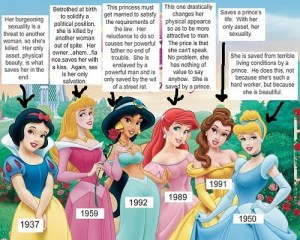
My main sociological questions include:
Does Disney add to female perceptions of what a stereotypical woman should be?
My hypothesis would be that because children watch these movies from a young age and it is probably among their first exposure to gender norms and roles, Disney would be highly influential on women stereotypes.
Do more recent Disney films portray less stereotypical gender norms?
My hypothesis for this would be that there are less stereotypes in newer Disney princess movies. For example, in Frozen, the princess is not saved by a male, but rather, her sister.
How does Disney interact with what children (particularly little girls) aspire to be?
My hypothesis would be that Disney interacts with what children (particularly little girls) aspire to be through their marketing of products and production of roles. For example, Disney illustrates women as being beautiful, thin creatures, so of course all little girls will want to be this way. It is interesting how we rarely see a (“deviant”) little boy in a Cinderella dress, but for little girls it is essentially the norm. Disney produces this female child through their products, and especially through things like Bibbidi Bobbidi Boutique. As Loy (2013) demonstrates, things like Bibbidi Bobbidi Boutique make it so that little girls do not just feel like a princess, but actually become one.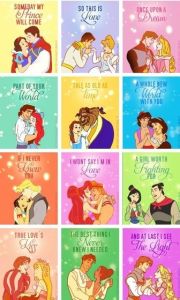
I am personally researching this topic because I am a fan of Disney, so I thought it would be fun to do a topic on Disney. I liked the idea we talked about in class (and in the textbook, Eitzen, Zinn and Smith 2011) about how sociology can sometimes be terrifying because it delves into what we are sometimes afraid of. Part of me is “scared” to do this project because it attacks something so universal to who I am. Yet, I accept the challenge!
References:
Gindin, Rona. Little Black Book of Disney. White Plains: Peter Pauper Press, Inc., 2010.
Institutional/Financial Power & Popular Culture:
I think it is fair to say that Disney has tremendous institutional power. As Wasko (2001) states, it essentially impossible to escape from the Disney “magic”…it is everywhere.To elaborate on that, I think it is fair to say that Disney does not just relate to a specific sociological institution, but rather, seems to be a running thread throughout many different sociological institutions. One of the main institutions I want to look at is the family. In terms of the family as an institution, many families use Disney as a means to bond with each other, This can be through a family movie night or as big as a surprise trip to Disney. Of course this seems like a harmless act of creating family ties. However, even on an unconscious level, children are being exposed to norms and generalizations of what they should be. Tanner, Haddock, Zimmerman, and Lund (2012) examined some of the norms displayed in these Disney movies in terms of family norms. Themes typically focus on relationships being a priority, not too much diversity, and the father being in a powerful role while mothers are in a marginalized role. I think it is interesting how families have no problem exposing their children to norms of a traditional relationship, but perhaps would not get so much magical joy if a Disney movie were to feature a gay/lesbian family, a heavily tattooed family, etc. Actually, in one of Disney’s most recent movies (Frozen), there was an indirect reference that one of the most MINOR characters MAY be gay, and Disney received extreme backlash from some organizations. Obviously Disney has no choice but to market the American Dream family if they want to be received well. I think it is interesting how we also see Disney in other institutions, ranging from educational videos to even the economic profit people can make from investing in Disney.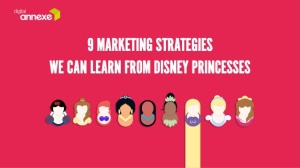
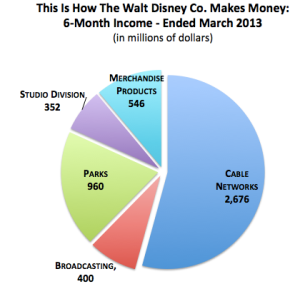 It’s hard to wager an exact dollar amount for Disney’s profit per year. I think Disney intentionally plans that their dollar amount not be publicly announced so that people are not astonished/outraged. It’s also hard to come up with an exact amount when there are so many different avenues of Disney. One of the things I did find, though was how Anderson (2008) stated that the Disney corporation was among the top 200 companies, waging in at 167. This is in comparison to not only other companies but COUNTRIES! Clearly Disney is quite influential if it has the ability to rank with countries on a global scale in the economy. While Disney puts on a magical act and sweeps us away with fairytale stories, the people who produce these magical toys are not necessarily hearing the same tune. One of the research topics I considered doing was the type of sweatshops overseas that Disney uses to mass produce their toys, games, accessories, and so on. I think it is interesting how a company who can compare to some countries in their financial power uses such derogatory means to create products. One article even spoke of children as young as 14 having to work in these sweatshops.
It’s hard to wager an exact dollar amount for Disney’s profit per year. I think Disney intentionally plans that their dollar amount not be publicly announced so that people are not astonished/outraged. It’s also hard to come up with an exact amount when there are so many different avenues of Disney. One of the things I did find, though was how Anderson (2008) stated that the Disney corporation was among the top 200 companies, waging in at 167. This is in comparison to not only other companies but COUNTRIES! Clearly Disney is quite influential if it has the ability to rank with countries on a global scale in the economy. While Disney puts on a magical act and sweeps us away with fairytale stories, the people who produce these magical toys are not necessarily hearing the same tune. One of the research topics I considered doing was the type of sweatshops overseas that Disney uses to mass produce their toys, games, accessories, and so on. I think it is interesting how a company who can compare to some countries in their financial power uses such derogatory means to create products. One article even spoke of children as young as 14 having to work in these sweatshops.
This is an article that has some of the reports/financial information about Disney: (link to website).
Clearly, Disney is a powerhouse as it finds its way through various social institutions and through its strong ability to compete on an economic level.
References:
Anderson, Sarah. Top 200: The Rise of Corporate Global Power. N.p.: DIANE Publishing, 2008.
Wasko, Janet. Understanding Disney: The Manufacture of Fantasy. Cambridge: Polity Press, 2001.
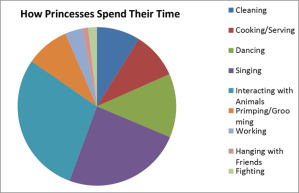
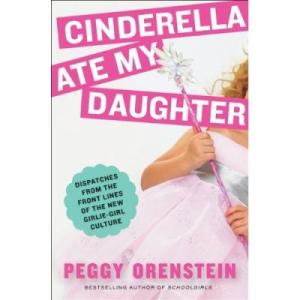
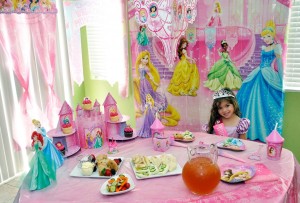
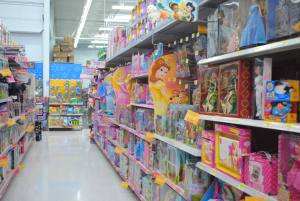
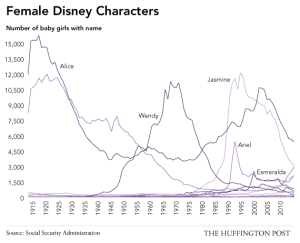







Pingback: Guest Speakers and Student Presentations | mm27mcco